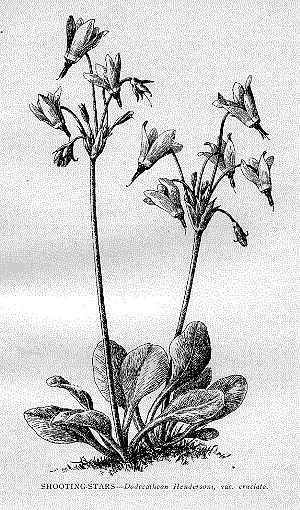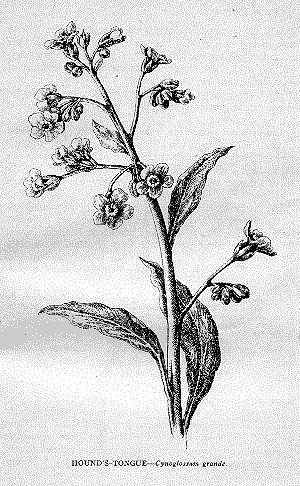Children who lack regular contact with the natural world suffer in various ways ranging from nervousness, boredom, apathy, lack of purpose, lack of empathy, to passivity, and the list goes on. A growing number of children are being identified as suffering from NDD, the abreviation for "Nature Deficit Disorder," caused by an increasing estrangment from the great outdoors. Many people, both children and adults, have never experienced the healthy joy and satisfaction of rambling through the woods and becoming acquainted with the wild animals and plants that live there.
Just as it would be unthinkable to live life without learning the names of one's schoolmates or coworkers, so equally is it an impoverished existence that fails to gain familiarity with our fellow beings here on planet Earth. The birds, trees, insects, flowers, animals, and stars, each have their own special language reserved for those who take the time to know and love them. These are secret and ineffible languages of the heart: they are learned only through regular and frequent comunion with the natural world.
The Wildflowers of California by Mary Elizabeth Parsons, is just what the doctor ordered. Written in the folksy style of an enthusiast rather than in the dry, boring, and tedious language of a botanist, this book nevertheless provides us with all that is needed in the way of scientific names and plant families. These classifications serve the advanced student with a means to understand the interrelationships between the various tribes of the plant world.
These botanical names, however, are secondary. As the great horticulturist, Alan Chadwick, once said to a student who had faltered in the identification of a newly germinated seedling, "Dear boy, the name is of no great importance; but just please, tell me that you know it intimately."
The 150 illustrations in The Wildflowers of California, drawn by Margaret Warriner Buck, capture the distinctive character of each individual plant. The book also includes an identification key based on the colors of the flowers that will clear up any possible doubts about the names of the wildflowers. With an index of both common and botanical names, it is easy to find any particular plant. The Glossary defines all the scientific terms. We heartily recommend this book.

Shooting Stars. Wild Cyclamen, Mad Violets
Dodecatheon Meadia, Primrose Family
Quoted from: The Wildflowers of California
Leaves--All radical; tufted; from obovate to lanceolate. Scape--Three to fifteen inches high; umbel two- to twenty-flowered. Calyx-- Deeply five-cleft, the divisions reflexed in flower, erect in fruit. Corolla-- With extremely short tube, and an abruptly reflexed five-parted limb; white, rose-color, or purple. Stamens--Five; opposite the corolla-lobes. Filaments short; united. Anthers standing erect around the long style, forming a beak; violet. Ovary--One-celled. Habitat--Throughout the continent; exceedingly variable.
The shooting star is one of our prettiest spring flowers, which arrives a little before the baby-eyes and just as the brakes are unrolling their green crosiers. There is something particularly pleasing in these blossoms. It seems as though nature had taxed her ingenuity to produce something original when she fashioned them. The name Dodecatheon, from the Greek, is entirely a fanciful one, and means "the twelve gods". . .
D. Clevelandi, Greene, is a beautiful species found in the south. It sends up a tall shaft, crowned with a large cluster of beautiful blossoms, varying from a delicate lilac to pure white. The petals are ringed below with pale yellow, and the beak of the flower is a rich prune-purple. There is a certain generous, fine look about these flowers, although they are exquisitely delicate. Their charm is completed by a delicious perfume, like that of the cultivated cyclamen.
In midsummer the wet meadows of the Sierras, particularly in the Yosemite region, are rosy with these flowers, which are peculiarly beautiful against the lush green grasses.
Among the children the various forms are known by a number of names, such as "mad violets," "prairie-pointers," "mosquito-bills," and "roosters'-heads." The latter is said to be the designation of prosaic little boys who see in these blossoms gaming possibilities, and who love to hook them toghther and pull to see which head will come off first.

This illustration from The Wildflowers of Califonia, by Mary Elizabeth Parsons shows Hound's Tongue, Cynoglossum grande.

